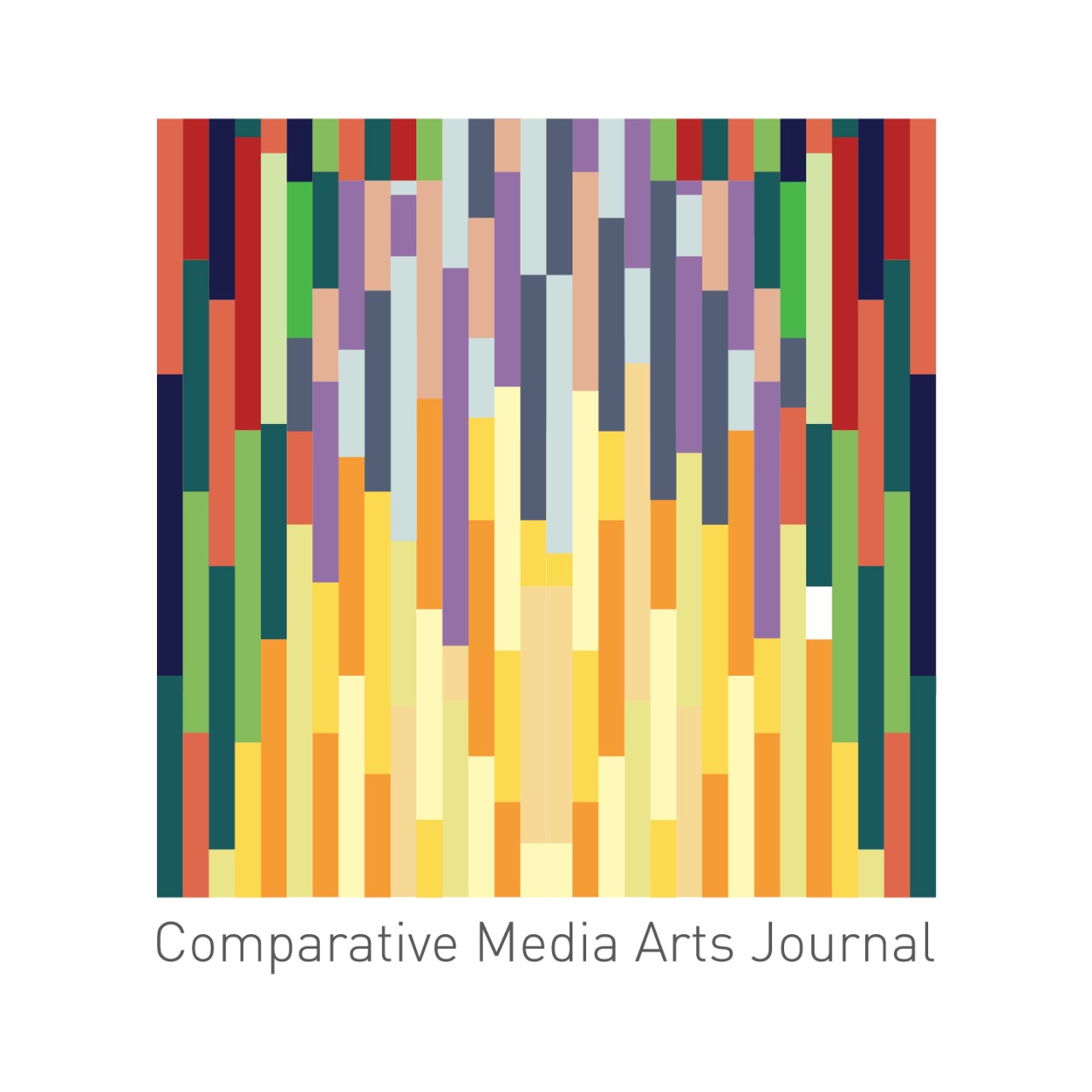
Helen T. Abbot
Sound Maps of Tenderness
Abstract
“Sound Maps of Tenderness” comprise six sound maps which, in representing a moment of intimate silence between lovers, evoke the contours of love between them. Through the mobilization of ellipses, the artist attempts to craft a visual language of unspoken intimacy, an amorous poetics that resists discursive mobilization. The silence signified by these ellipses can be understood as “…the fortuitous or intentional omission of a linguistic element. Like the labyrinth, it can signify the entire gamut of possible meanings…” (Weiss 1989: 24). This flexibility embedded in the ellipses can take on even more rupturing potential within the realm of love, which, according to Julia Kristeva in (1983) Tales of Love, has a capacity to evade language and is nearly (if not entirely) impossible to capture through linguistic systems.
More specifically, the six sound maps, which are photocopies, derive their status as sound maps from my placing them in conversation with the 17th century “Cartre de Tendre” (Map of Tenderness) by Madeleine de Scudéry. Scudéry’s work has been described as “…a feminist take on the path to a woman’s heart” (Banerji 2016) and is an allegorical map of a landscape of love. Similarly, these sound maps map, albeit sonically, a landscape of love (i.e. a moment of intimate silence). The way the artist layers ellipses (in the form of red and black dots) throughout the xerox process is an attempt to texturize the fibers of love that oscillate between the lovers.
Keywords: Sound Maps; Erotic Art; Love Art; Silence.






Bibliography
Banerji, Urvija. “Navigating the Confusing Terrain of Love With a 350-Year-Old Map.”
Atlasobscura. June 27, 2016. https://www.atlasobscura.com/articles/navigating-the-confusing-terrain-of-love-with-a-350yearold-map.
Kristeva, Julia. Tales of Love. Columbia University Press, 1989.
Stephens, Elizabeth and Annie Sprinkle. “Love Art Lab.” Loveartlab. 2011. https://loveartlab.ucsc.edu.
Weiss, S. Allen. The Aesthetics of Excess. State University of New York Press, 1989.
About the Author
Helen Abbot is a sonic intimacies scholar, multidisciplinary artist and musician, ABD doctoral candidate at Western University’s Centre for the Study of Theory and Criticism and part-time professor at the University of Ottawa in the School of Sociological and Anthropological Studies and the Institute of Feminist and Gender Studies. Abbot’s work looks at the nature of intimacies in a variety of forms and how these intimacies are mediated by sonic phenomena. More specifically, her doctoral project is an exploration of the mechanisms and consequences of writer Anaïs Nin’s self-proclaimed feminine, musical writing style in her novel (1954) Cities of the Interior. Abbot is interested in how Nin mobilized this style of writing to explore certain complexities of womanhood in relation to love, desire, and self-knowing. Her artistic practices mobilize illustration, scanography, event scores, and creative writing to explore questions about sound, intimacy, love and speculative spaces.
Download the PDF





